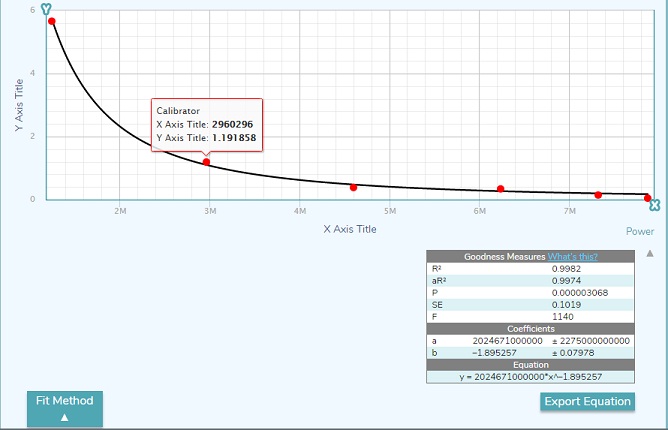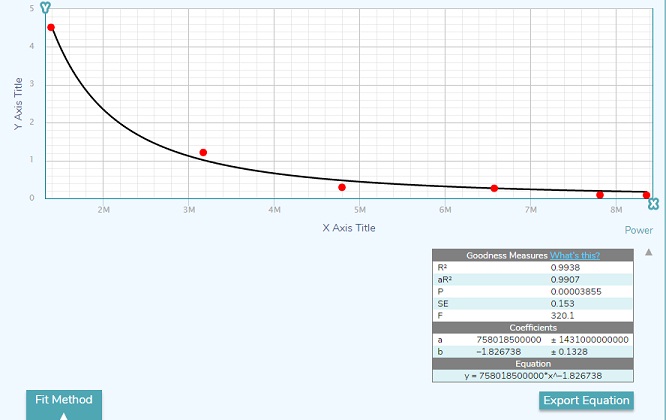





Published on Nov 30, 2023
Solar Energy is a renewable source of energy. Its uses do not contribute to emission of greenhouse gases and other pollutants to the environment. It is sustainable since it cannot be depleted in a time relevant to the human race. In this paper, the potential for a solar- thermal system for hot water generation has been studied. A parabolic trough concentrator is made of an aluminum sheet which is covered by a cloth on which rectangular mirror strips (1.20mx 0.05m) are pasted. Two different absorber tubes were taken and the efficiencies of the PTSC where compared without glass cover on the absorber tubes. They were designed with principal focus at 0.3m so that the receiver heat loss was minimized the microstructure and a low amount of defects.
The cost of power production through solar has reduced considerably but still the levelized cost of solar is four times that of supercritical coal.Increasing the efficiency of solar collectors can reduce the aggravation of this problem.
Heat transfer characteristics of solar collectors can be improved by increasing the thermal conductivity of the working fluid. Advancement in nanotechnology has shown that by suspending finer particles (Metals, Metal oxides, Nanotubes etc.)can significantly increase the thermal conductivity of the base fluid.
The term nanofluid was coined by Choi in 1995 at the annual winter meeting of the American Society of Mechanical Engineers where he presented the possibility of doubling the convection heat transfer coefficients using nano-fluids.
Herisetal observed an increase of about 40% in heat transfer by conducting experiments with the Al2O3 and CuO nanoparticles suspended in water under laminar flow.
Tyagi et al studied theoretically found the effect of volume fraction on heat transfer using a mixture of water and aluminium by varying the concentration from 0.1 % to 5% in an direct absorption solar collector. They found a significant increasein efficiency for low volume fractions of nanoparticles, and also for values higher than 2% the efficiency levels even out.
In 2010, Otanicar et al made a similar study on the effect of different nanofluids such as carbon nanotubes, graphite and silver on the performances of a micro scale direct absorption solar collector. However they observed a remarkable increase in the efficiency up to 0.5% volume fraction. He also concluded that with decreasing size of nanoparticles there was increase in the efficiency.
1. To enhance the heat transfer in a parabolic trough solar collector by using ZnO/water as nanofluid with different volumetric concentrations and flow rates, in free and forced convection system.
2. To determine the empirical correlation for both free and forced convection.
A parabolic trough concentrator consists of a reflecting surface mounted on a reflector support structure having the profile of a parabola. A receiver assembly comprising a circular absorber tube with suitable selective coating and enclosed in a concentric glass envelope is centered along the reflector focal line. Maintain focusing of solar radiation on the receiver assembly. The incident energy is absorbed by a working fluid circulating through the absorber tube.

Forced convection occurs when the streams and currents in the fluid are induced by external means such as fans, stirrers, and pumps creating an artificially induced convection current.
In this type of convection, the movement of particles which constitutes convection occurs by the variation in density of the fluid. As we already know, as temperature increases, the density decreases and this variation in density will force the fluid to move through the volume. This causes convection to occur
Different components are connected accordingly.
The pump is switched on and any leakage is checked
The ball valve is adjusted to required position and flow rate is measured in case of forced convection. For free convection, the valve was completely on.
Initial temperatures of fluid in reservoir and sink tanks are measured.
The temperature of fluids is again measured at regular interval.
The experiment is conducted for 6-8 hrs.
For next trail, the position of ball valve is changed to vary the flow rate.
The experiment is repeated and observations are tabulated.
The initial plan for a solar concentrator was to use semi-spherical surface covered with many small sections of mirror to form a segmented, spherical concentrator. Referring to the optics section of a University Physics textbook it was found that the focal point of a spherical mirror would be located at a distance of half of the radius of the spherical section, directly above the vertex of the sphere. Quite some time was spent on trying to find a way to orient the small mirror sections at the proper angles about the inner surface of the sphere.
The initial thought was to take the derivative of a circular equation to find the proper incline at different points along the sphere’s inner surface. These inclines would then be rotated about the origin. This was a difficult problem considering the limited resources. A different approach was taken. After conducting more research on solar energy and solar collection, the decision was made to attempt to build a parabolic trough solar concentrator. In a parabola all of the incoming rays from a light source (in this case the sun) are reflected back to the focal point of the parabola.
If the said parabola is extended along an axis (becoming a trough) the solar rays are concentrated along a line through the focal point of the trough. The focal point of a parabola is located at 1/4a , if the equation of the parabola is y = ax2The instantaneous efficiency of a PTC ( ) can be calculated from an energy balance on the receiver tube. The instantaneous efficiency is defined as the rate at which useful energy is delivered to the working fluid per unit aperture area divided by the beam solar flux (at the collector aperture plane.
0.4 % Nanofluid, Rayleigh Number vs. Nusselt Number



1. Tracking Mechanism
2. Graphene Coating On Collector
3. Other Concentrations of ZnO nanofluid
4. Different nanofluids
5. Different flow rates in order to determine optimum flow rate
6. Multiple Collectors
7. Structural Analysis Of Nano Particles
8. Varying the size of nanoparticles
1. From the experimentation it was found that there was an increase of 34.6% in the final temperature reached by the reservoir. By water it was seen that the maximum temperature reached was 41.5oC but by using nanofluid temperatures up to 52oC was reached.
2. By the addition of nanoparticles to the base fluid the thermal conductivity value of the base fluid is increased as shown in the calculations where as the specific heat value decreases i.e. there is increase in heat conduction but at the same time the temperature rise and fall takes place at a faster rate.
1. Bergman and Theodore L (2011), “Introduction to Heat Transfer”, 6th ed. Hoboken: Wiley, 2011. Print.
2. Duffie John A and William A (2006), “Beckman”, Solar Engineering of Thermal Processes. 3rd ed. Hoboken: Wiley, 2006. Print.
3. Eames P C (1999), “Modelling Line-Axis Solar Concentrators in the Medium Temperature Range”, Renewable Energy 16 (1999): 743-48. Elsevier.Web.
4. Feuermann, Daniel and Jeffrey M Gordon (1999), “Solar Fiber Optic Mini Dishes”, Solar Energy, Vol. 65, No. 3, pp. 159-70.